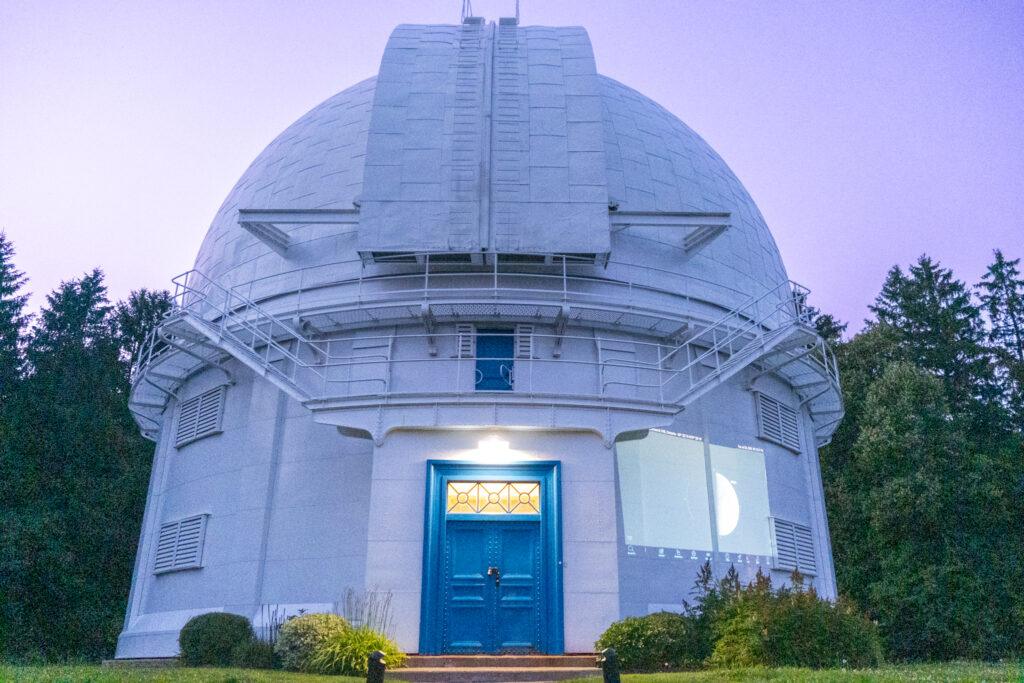#Astronaut #Dies #Space
NASA SCREEN CAPTURE
Death can happen anywhere. However, the death of astronauts in outer space needs to be anticipated further.
One of the biggest challenges of manned travel and space exploration is what if an astronaut dies. Should the remains be stored in the spacecraft first, released into space, or should they be planted in the soil of the Moon or Mars if colonization there is already underway?
Imagine if an astronaut had a sudden heart attack and couldn’t be saved by his colleagues while traveling in space. Or what if an astronaut who was working outside the space station (spacewalk) suddenly had his tether cut off so that his body floated free and couldn’t return to the space station?
Space is a harsh environment, a place where humans have never lived and evolved. The temperature is very cold, the radiation is very large, and the conditions almost resemble a vacuum. So what will happen to an astronaut’s body when exposed to the extreme environment of space?
Also read: Exploring outer space is the first step for humans to conquer the solar system
Until now, there have been no deaths in space due to serious illness or broken straps while working outside the space station. Even though 21 astronauts died in space, all died due to damage and destruction of their aircraft or spacecraft. In that case, deaths occurred to the entire crew or one team, there has not been a death experienced by just one astronaut.
BUT
In this photo released by the Xinhua news agency, the Long March 5B rocket carrying modules for China’s space station lifts from the Wenchang spacecraft launch site in Wenchang, Hainan, China, Thursday (29/4/2021).
However, what if one of the astronauts dies and leaves the rest of the team behind? What should other cosmonauts do, should they keep their colleagues’ bodies on board at the risk of contamination from the ongoing decomposition process, or should they release the bodies into space as is sometimes done with sailors who die in the middle of the sea?
If released into space, then what will happen to the astronaut’s body?
Chief Engineer of the Translational Research Institute for Space Health at the College of Medicine Baylor, Texas, United States, Jimmy Wu, as quoted by Livescience, 17 February 2024, said, in an almost vacuum and low pressure, any fluid that is on the surface of the human body , starting from the skin, eyes, mouth, ears, to the lungs, will quickly turn into gas when the human body is exposed to the outer space environment.
Apart from drying out and starting to rot, the bodies of astronauts released from planes or space vehicles will move towards orbit.
“In fact, after death, blood vessels near the surface of the body will also burst, causing bleeding,” added Wu. The remaining water in the body will likely freeze because the temperature in outer space can reach minus 270.45 degrees Celsius.
The loss of fluids and the additional freezing of remaining water in the body can cause the human body to experience mummification, which is the process of slowing down the body’s decomposition which makes the body dry and shrink. During this process, human skin will turn black, hard and stiff. The mummification process left the body intact even though it looked like it had experienced severe dehydration in space.
COMPASS/ESTER LINCE NAPITUPULU
One of the 2018 Honeywell Educators Space Academy (HESA) activities at the US Space and Rocket Center in Huntsville, Alamaba, United States.
This mummification process will also happen to astronauts who are still alive in outer space if they work outside the space station without using special clothing equipped with a large helmet, aka spacesuit.
However, the conditions that occur next will depend on the presence or absence of living bacteria in the body.
Studies conducted on the International Space Station (ISS) show that bacteria can survive in space for at least three years. If the bacteria in the dead astronaut’s body are still alive, they will start eating the astronaut’s body.
Also read: Making Love in Space
Although most of space is very cold, it can also get very hot. The temperature on the surface of the ISS can range from minus 200 degrees Celsius to 200 degrees Celsius. In an environment with a hotter temperature, the process of decomposition or decomposition of bodies will be faster.
Not only will the decomposition process damage the body, exposure to enormous radiation in outer space can also worsen the condition of the body of a deceased human. Strong radiation can break the bonds of carbon compounds in the body, triggering skin and muscle damage.
NASA
Artist’s concept of a human colony on Mars. Even though Mars has air, humans cannot breathe. Apart from that, even though it looks bright, daytime temperatures on Mars are also too cold for humans. As a result, they still have to wear special clothing when doing outdoor activities.
Apart from drying out and starting to rot, the bodies of astronauts released from planes or space vehicles will move towards orbit. The body will continue to move in the direction of its thrust, unless it collides with another object in space.
“With so much debris in space and satellites orbiting around Earth, colliding with other objects is actually a risk that bodies in space have to face,” said a doctoral student at the Institute for Risk and Disaster Reduction at University College London, England, Myles Harris.
To avoid that risk, the US National Aeronautics and Space Administration (NASA) recommends releasing the remains into a more distant space environment, leaving Earth’s orbit. A collision between a human body and a spacecraft or satellite could cause significant damage to both.
Also read: Space radiation is not the main trigger for cancer in astronauts
If the body manages to avoid a collision with satellites and other space debris, over time the body will slowly be drawn back to Earth due to the Earth’s gravitational pull. This situation will occur if the body is released in low Earth orbit or at an altitude of less than 2,000 kilometers from the Earth’s surface.
And finally, the most dramatic incident of the body’s journey being released into space occurred. The body will re-enter Earth’s atmosphere and burn up.
NASA/JPL-CALTECH
Artist’s concept depicting Cassini burning up as it enters Saturn’s atmosphere.
However, releasing the bodies of astronauts from planes or space vehicles is not the only option in dealing with the death of astronauts. Burial in space could be an option, especially if colonization of the Moon and Mars later begins.
However, burial on the Moon or other planets risks contaminating the surface of the Moon or planet. Meanwhile, all countries exploring outer space are bound by rules to keep the outer space environment as pure as possible.
Because of this, NASA has developed a body bag that can preserve the bodies of astronauts who died on the ISS. This bag is capable of preserving human bodies for 48-72 hours or 2-3 days.
Also read: Menstruation in Space
This time period is considered sufficient to return the body from the ISS back to Earth. However, for long space journeys, such as the journey from Earth to Mars which takes about nine months one way, the surviving crew must choose other options.
NASA is preparing procedures to overcome problems in the event of the death of an astronaut on an exploration flight far from Earth. “Hopefully this never happens, although it could happen,” added Harris. Therefore, preparing yourself to face this situation must be done now.












